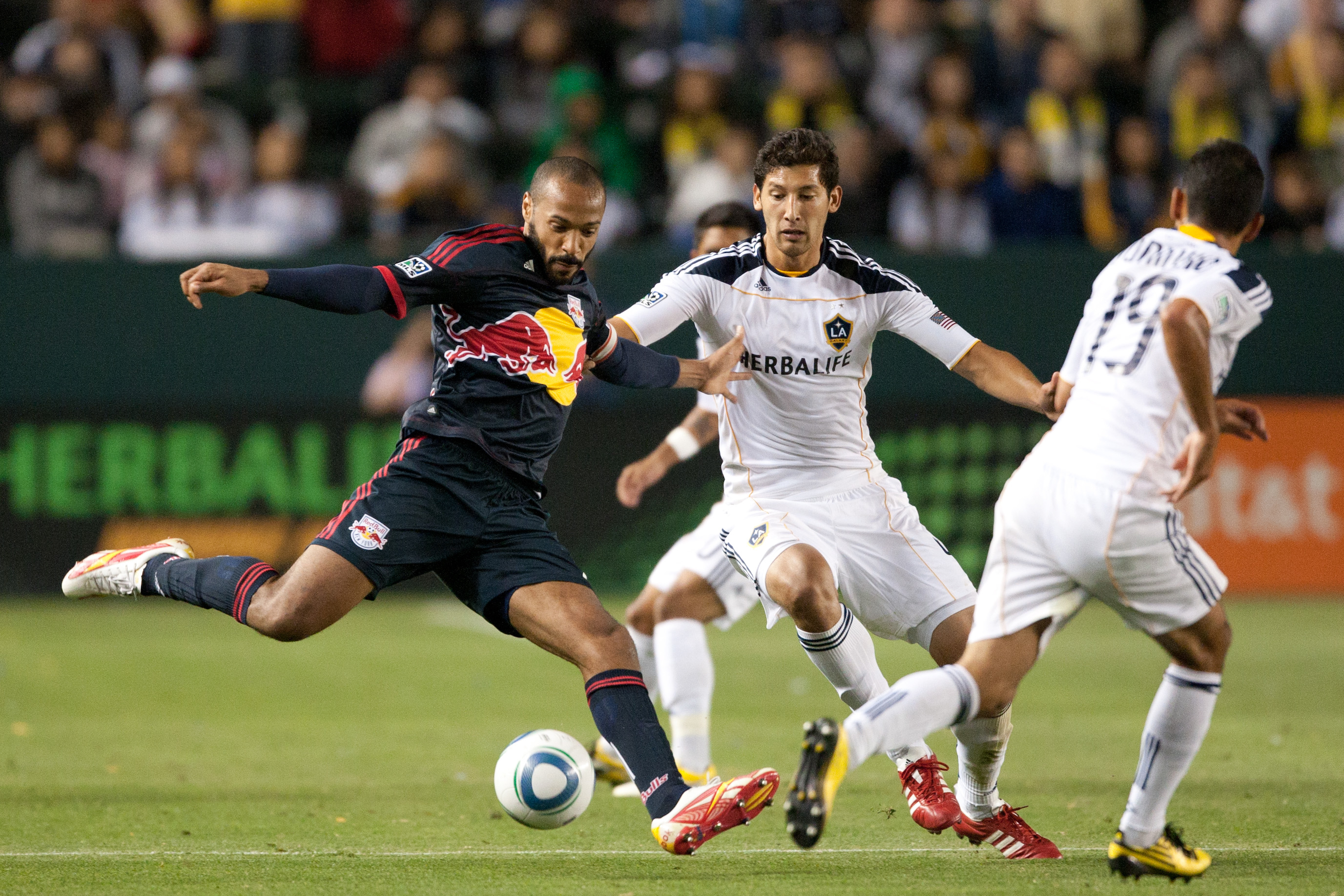Soccer is the world’s most popular sport. It is the national sport of most European, Latin American, and African countries, and of many other nations. Millions of people in more than 200 countries play soccer. Soccer’s most famous international competition, the FIFA World Cup, is held every four years for both men and women. FIFA stands for Fédération Internationale de Football Association (International Federation of Association Football). Soccer is called football or association football in much of the world. FIFA is soccer’s world governing body. The word soccer comes from assoc., an abbreviation for association.
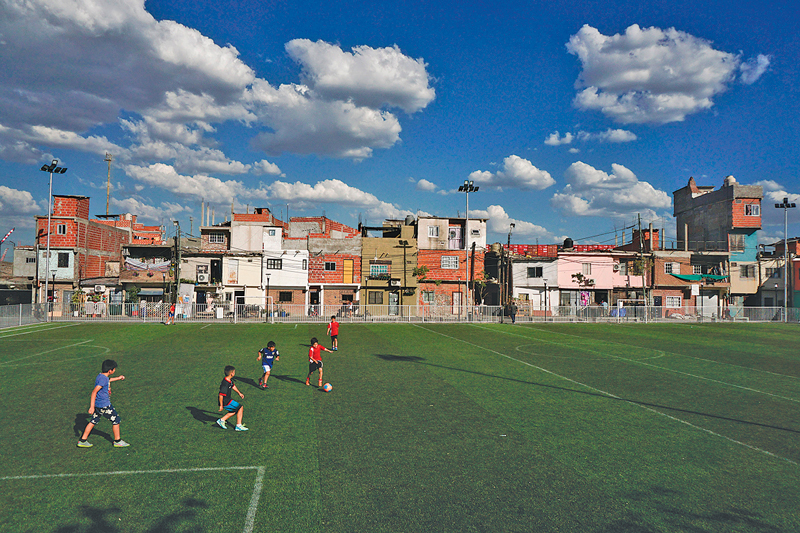
In a soccer game, two teams of 11 players try to kick or head a ball into each other’s goal. The team that scores the most goals wins. Players must kick the ball or hit it with their head or body. Only the goalkeepers can touch the ball with their hands.
Soccer as it is played today developed in the United Kingdom during the 1800’s and quickly spread to many other countries. Until the mid-1900’s, the game was not greatly popular in the United States. But today, it is one of the nation’s fastest-growing sports.
The field and equipment
The field
is rectangular and may vary in size. In international competition, it measures from 100 to 130 yards (91 to 119 meters) long and from 65 to 100 yards (59 to 91 meters) wide. The boundary lines on the sides of the field are called touch lines or side lines. Those on each end are called goal lines. The goals stand in the center of the goal line. Each goal measures 8 yards (7.3 meters) wide and 8 feet (2.4 meters) high. The penalty area is a rectangle in front of each goal. It is 44 yards (40.2 meters) wide and extends 18 yards (16.5 meters) in front of the goal. Defending players are penalized if they break certain rules while in their own penalty area, with the opponent awarded a penalty kick.

The goal area is a smaller rectangle that measures 20 yards (18 meters) wide and extends 6 yards (5.5 meters) in front of the goal. This area is marked to serve as a guideline for placing the ball to restart the game. For the names and sizes of other sections of a soccer field, and the names of other lines, see the field diagram with this article.
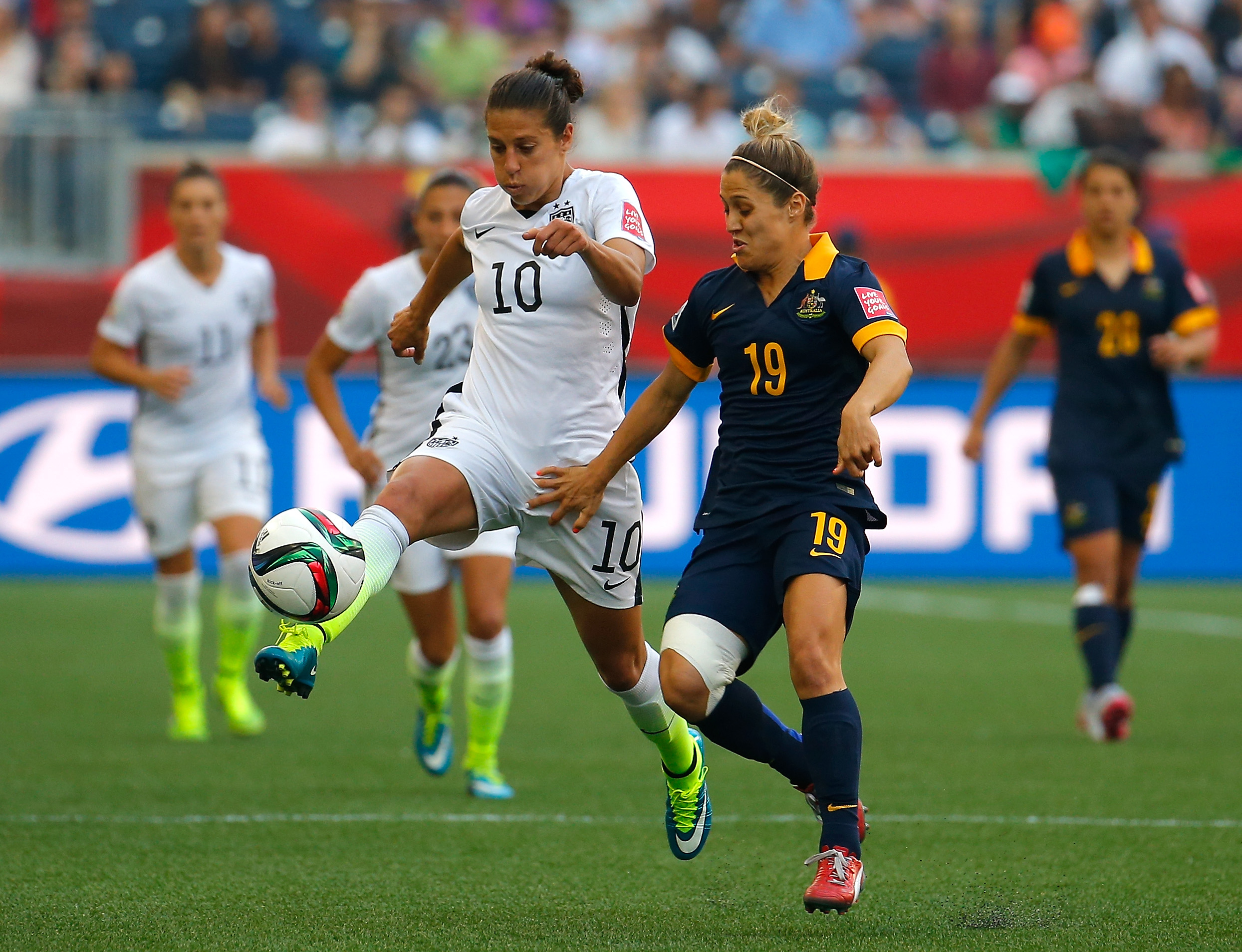
The ball
is made of synthetic material and is inflated with air. A soccer ball used for adult games measures from 27 to 28 inches (69 to 71 centimeters) in circumference and weighs from 14 to 16 ounces (396 to 453 grams). Children generally use a ball with a circumference of about 25 inches (64 centimeters).
The uniform
consists of a shirt, shorts, calf-length socks, shoes with cleats, and shin guards. The goalkeeper’s shirt differs in color from those worn by the other players of both sides and by the referee.
Players and officials
The players of a soccer team—except for the goalkeeper, who normally remains within the penalty area—use certain formations for offensive or defensive strategy. The score of the game often determines a team’s strategy. For example, a team that is ahead may use a formation based on defense. A team that is behind may choose one that emphasizes offense. Some formations are designed to take advantage of the weaknesses of the opposing team. Other formations center around the special abilities of a star player.

One popular formation is the 4-4-2. The first line of this formation has four defenders, the second line consists of four midfielders, and the third line has two forwards. A number of other formations are also used in soccer. For example, the 4–3–3 is popular with many teams throughout the world. This formation uses four defenders, three midfielders, and three forwards.
International soccer rules allow a team to substitute only five players during a game, regardless of how many players are injured. Under international rules, a player for whom another player has served as a substitute may not return to the game. College and high school teams in the United States and Canada allow an unlimited number of substitutions, with a player allowed to return to the game after another player has served as his or her substitute.
The forwards
have the primary responsibility for scoring goals. They are sometimes called strikers. They must be exceptionally skillful with the ball, be able to pass accurately, dribble (nudge the ball ahead with the feet while running down the field), and shoot accurately. A good forward can fake an opponent out of position in order to score a goal with the head or foot. Forwards may also put pressure on the opposing team’s players when possession of the ball is lost.
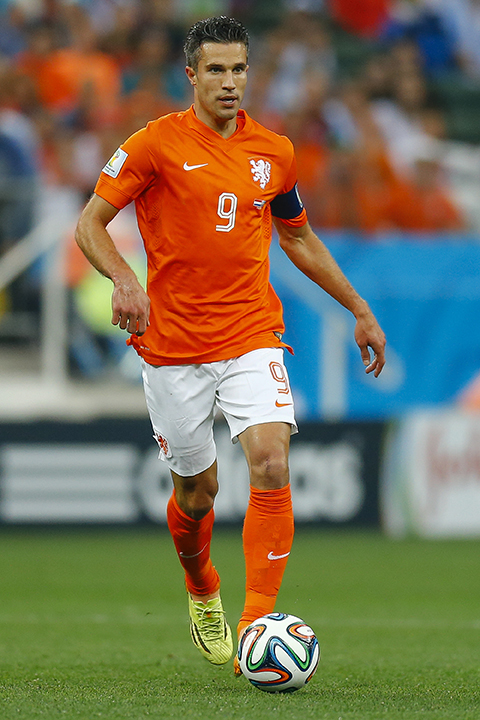
The midfielders
unite the offense and the defense. These players have a role in every play and require a variety of skills, depending on a coach’s tactics. Defending midfielders, or holding midfielders, must be equally adept at intercepting passes, tackling (taking the ball from an opponent), and passing to link the defenders to the rest of the team. A center attacking midfielder is often responsible for making plays that result in scoring chances. Wingers play on the left and the right of the formation and attack and defend up and down the field.
The defenders
form the last line of defense in front of the goalkeeper. A defender tries to take the ball away from the other team and, when possible, pass it to a midfielder to start an attack. If the goalkeeper is out of position, defenders may stand directly in front of the goal to protect it against shots. In the modern game, teams most often employ two defenders called center backs and two outside backs, one on the left and one on the right. In addition to defending, outside backs can join the attack as wingers.
The goalkeeper
has perhaps the most difficult job. A goalkeeper must move quickly to all parts of the penalty area to stop shots or take the ball from an opponent. After stopping a shot, a good goalkeeper controls the ball and starts an attack by kicking or throwing the ball to a teammate. The goalkeeper is the only player who may touch the ball with the hands or arms.
The officials.
A referee and two referee’s assistants officiate most games throughout the world. In high school and college games in the United States, two referees or a referee and two assistants may be used. The referee serves as the timekeeper and enforces the rules. This official decides all disputes and may put a player out of the game for repeated fouling. The assistants help decide which team gets possession of the ball after it goes out of bounds. The assistants also signal the referee when they see a player commit a foul. They cannot, however, make decisions. The assistants only assist the referee, who has the sole responsibility for calling fouls and breaches of conduct. At the professional and international levels, a fourth official is stationed between the benches to assist the referee, report any infractions by team personnel on the bench, and serve as an emergency replacement official.

How soccer is played
Soccer games played according to international rules are divided into two 45-minute halves, with a brief rest period between halves. College games in the United States also consist of two 45-minute periods. Leagues of younger teams adjust the length of games according to the physical abilities of the players.
Loading the player...
Soccer game

In some leagues and competitions, the teams play an overtime period if the score is tied at the end of regulation time. If the teams are still tied after the overtime, each may shoot a series of five kicks from the penalty spot. The team that scores the most goals out of five, or gains an unbeatable advantage after each team has taken the same number of kicks, is declared the winner. If the teams are tied after the first five rounds, the kicks change to a single-round format.
Starting the game.
A soccer game begins with a kickoff in the center of the field. The opposing captains flip a coin to decide which team will kick off. The other team kicks off to start the second half, when the teams change goals. After a goal, play resumes with a kickoff by the team scored upon.
The kickoff takes place in the center of the field on the halfway line. The players line up in their half of the field. No player on the defensive team can enter the center circle until play has started. To start play, the kicking team must move the ball forward. The player who kicks off may not touch the ball again until another player has touched it.
The ball in play.
After the kickoff, the ball remains in play unless it completely crosses a goal line or a touch line. There are no time outs in soccer unless the referee calls one after a player has been injured or unless the referee feels there is some other reason to stop the clock.
The attacking team tries to advance the ball into the opposing team’s territory. The attackers then try to pass the ball to a player who is in a good position to score a goal. A player may kick or hit the ball into the goal with any part of the body except the hands and arms.
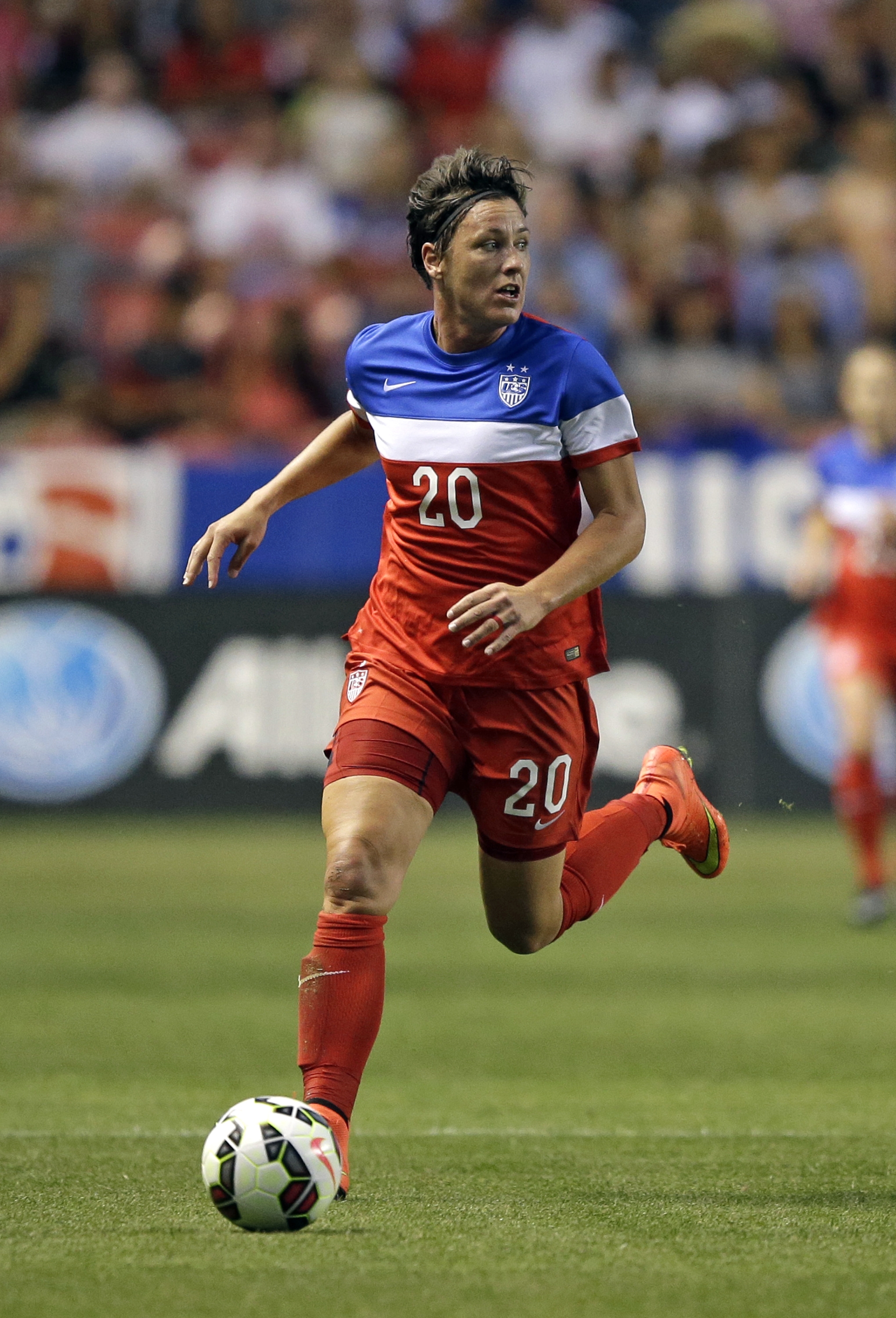
The defending players constantly shift their positions to break up attacks. They try to cover their opponents, intercept passes, and take the ball away with tackles. Body contact is permitted, but only when the defending player first makes contact with the ball and is ruled by the referee not to be careless, reckless, or using excessive force.
Restarts.
If the ball goes out of bounds, play is restarted with a corner kick, a goal kick, or a throw-in. The referee, assisted by the referee’s assistants, decides which type of restart is used.
If the ball crosses the goal line without going into the goal, play resumes with either a corner kick or a goal kick. A corner kick, which is made by an offensive player, takes place if a member of the defensive team touched the ball last. The offensive player kicks the ball from the nearest corner of the field. A goal kick occurs if an offensive player touched the ball last. A defensive player restarts play with a kick from inside the goal. A goal kick must clear the penalty area before it can be touched again.
A throw-in takes place if a player knocks the ball over a touch line. An opposing player throws the ball back into play where the ball went out of bounds. The thrower must have both feet on the ground, either on or behind the touch line. The throw must be made with both hands from above and behind the head.
Fouls.
The rules of soccer establish a number of infractions called fouls to keep the game fair and safe. The punishment for a foul is a free kick awarded to the other team by the referee. This kick may be a penalty kick, a direct free kick, or an indirect free kick. A direct or indirect free kick is from the point where the foul occurred. Opponents must be at least 10 yards (9 meters) from the ball when it is kicked, but they can try to block it.
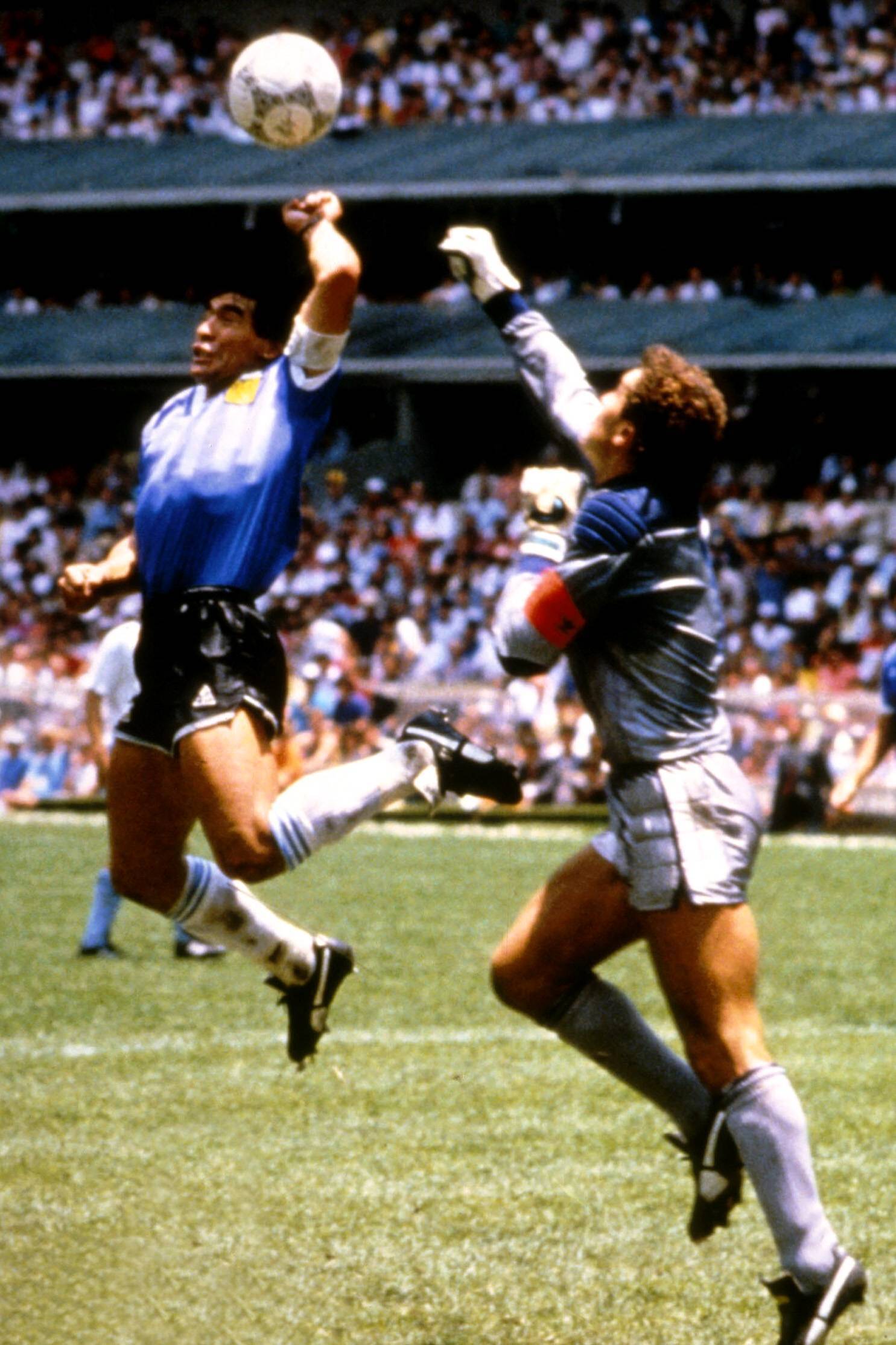
In a direct free kick, the kicker can score a goal by kicking the ball directly into the opponent’s goal. In an indirect free kick, a goal can be scored only if another player touches the ball before it enters the goal.
Ten types of fouls can result in a direct free kick for the opposing team. A penalty kick is awarded if the defending team commits one of these fouls within its penalty area. A penalty kick is taken from the penalty spot, 12 yards (11 meters) from the goal, and only the goalkeeper can attempt to stop the kick.
A direct free kick is called for (1) kicking or attempting to kick an opponent, (2) tripping or attempting to trip an opponent, (3) jumping at an opponent, (4) charging an opponent, (5) striking or attempting to strike an opponent, (6) pushing an opponent, or (7) tackling an opponent. Regardless of the degree of the offense, a direct free kick is called for (8) holding, (9) spitting at an opponent, or (10) a deliberate hand ball.
An indirect free kick is awarded for such offenses as (1) dangerous play, (2) obstructing (blocking) an opponent, and (3) interfering with the goalkeeper releasing the ball from the hand.
Misconduct.
The referee uses a yellow card to caution players and a red card to send off (eject) a player. A player who is ejected from the game cannot be replaced and cannot stay in the team bench area.
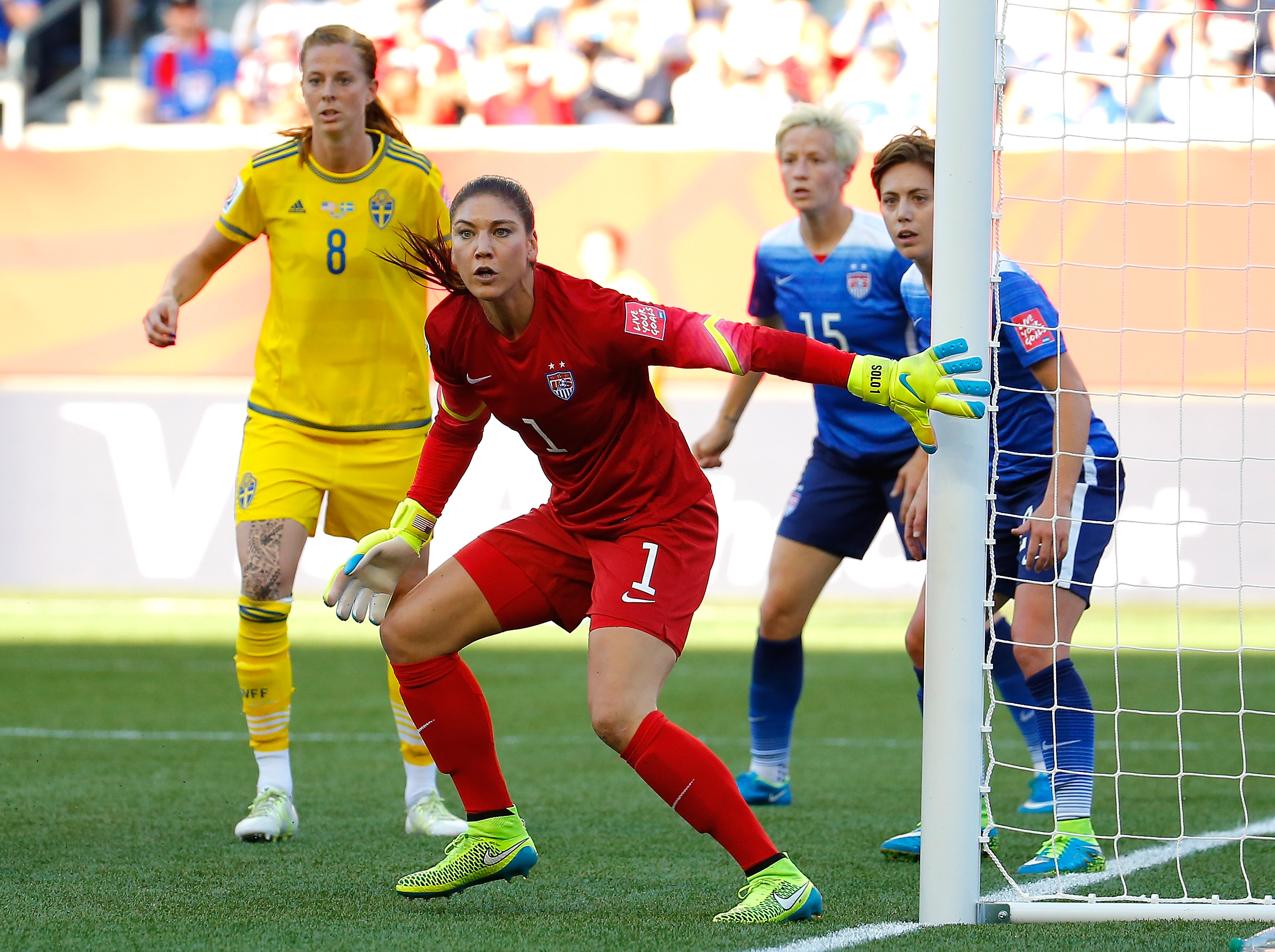
A caution can be issued for unsporting behavior, arguing, repeated fouling, delaying a restart, failure to leave the required distance from a throw-in or free kick, or entering or leaving the field without permission.
A player is sent off for such infractions as serious foul play, violent conduct, spitting at any opponent or person, foul language, and receiving a second caution in the same match.
Offside
is an infraction called by the referee with the help of the assistants. It results in an indirect free kick. Generally, an attacking player is offside when he or she is between the ball and the goal line in an opponent’s half of the field. However, the player is not offside if (1) two opponents were closer to their goal line than the player was, (2) the player is in the player’s own half of the field, or (3) the player received the ball from a corner kick, a goal kick, a throw-in, or a drop ball. The Soccer terms table with this article defines a drop ball.
The clock.
For professional and international matches played under FIFA rules, official time is kept by the referee on the field. The clock runs from 00:00 to 90:00, stopping at 45:00 for halftime. The referee can add stoppage time, also called injury time, for injury treatment, substitutions, or other stoppages in play. The fourth official indicates to teams and spectators any time added by holding up a sign that shows the appropriate number of minutes. In college and high school soccer, time counts down on the scoreboard and is kept by a timekeeper or scoreboard operator. The clock starts on a whistle and stops when goals are scored and at other times indicated by the referee.
Soccer skills
Soccer requires a variety of skills. They include (1) kicking, (2) passing, (3) heading, (4) dribbling and faking, and (5) tackling.

Kicking
is the most important skill in soccer. It involves shooting at the goal, putting the ball in play, or putting the ball into a particular area of the field. A good player can kick the ball accurately in many ways with either foot.
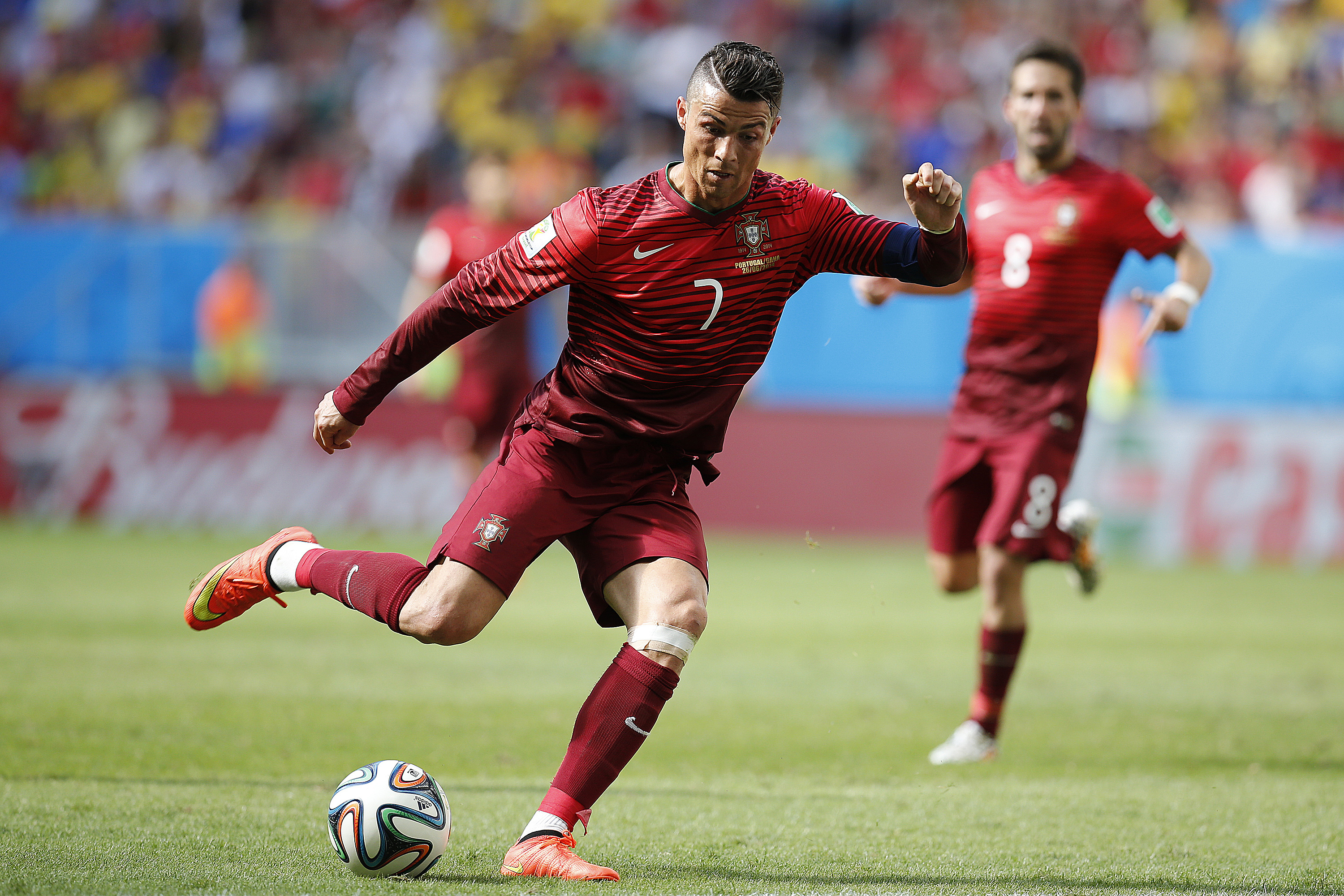
In most cases, kicking the ball with the instep (upper surface of the foot) is the most effective method. A player can control the accuracy, distance, and power of a kick better with the instep than in any other way. In certain situations, however, a player might use the outer or inner side of the foot or even the heel.
Soccer players generally try to kick the ball so that it travels just above the field. Players put their nonkicking foot next to the ball. They keep their head down and their eyes on the ball. Then they swing their kicking leg with the toes pointed downward and kick the ball squarely with the instep. After the foot strikes the ball, the leg should straighten and follow through. This action makes the ball travel in the right direction. 
A player usually stops the ball before kicking it. Kicking a moving ball lessens the player’s control over the direction of the kick.
Passing
the ball among teammates enables a team to move into scoring position and keep possession. A player tries to pass the ball so that it travels just above or on the ground or through the air. A pass can be made over a short or long distance, and can be made directly to a player or to a place on the field to which a player can run.
Heading
means hitting the ball with the head. A player may use the head to pass the ball, intercept an opponent’s pass, or shoot at the goal. Good players can head the ball long distances with great power and accuracy. Although the rules allow a player to head the ball using any part of the head, players are trained to head the ball using the forehead and always while looking at the ball.
When heading, a player jumps up, snaps the head forward, and hits the ball with the forehead. A ball that hits the top or back of the head may stun the player.
Dribbling
enables players to keep possession of the ball while running. While dribbling, a player can pass or shoot the ball if an opponent threatens to take it away. Faking makes dribbling more effective. A player may fool an opponent by faking a pass or a shot and then dribbling. The player may also fake a dribble in one direction and then dribble in another.

Tackling
involves using the feet to kick or hook the ball away from an opponent. An ideal tackle involves little or no body contact and leaves the defending player or a teammate in control of the ball. In a sliding tackle, a player slides along the ground with one leg extended and takes the ball from an opponent.
Soccer competition
Soccer is played on several levels throughout the world. Professional teams provide the most popular competition in many countries. Semiprofessional teams compete for pay, but play only on a part-time basis. Amateur athletes play in interclub soccer competition and are not paid. Many colleges and high schools include soccer as part of their athletic program.
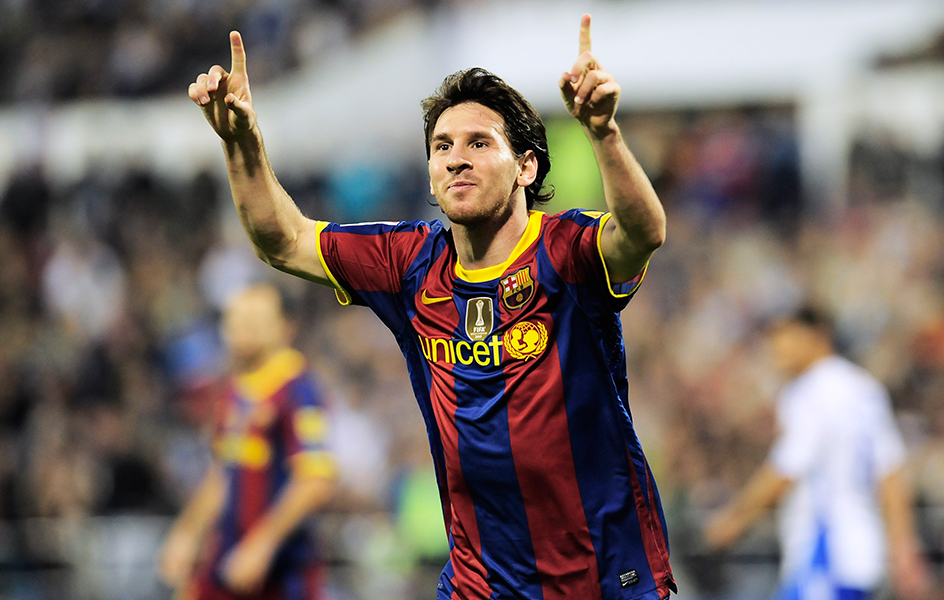
FIFA governs soccer in all parts of the world, and its Laws of the Game serves as the primary rule book. FIFA consists of the national soccer associations of more than 200 countries. These associations include the United States Soccer Federation (USSF) and the Canadian Soccer Association. Most soccer games, including those in the United States and Canada, are played according to international rules established by FIFA.
In North America.
As in other parts of the world, competition in the United States is split into divisions. The first, and highest, division is Major League Soccer (MLS). This division features both American and international players. The second division in the United States is the United Soccer League (USL) Championship. The three third division leagues are MLS Next Pro, the National Independent Soccer Association, and the USL League One. There are many amateur soccer leagues, including some operated by the USL. All American teams in these leagues, professional and amateur, can compete for the Lamar Hunt U.S. Open Cup. The annual tournament, founded in 1914, serves as U.S. soccer’s national championship. 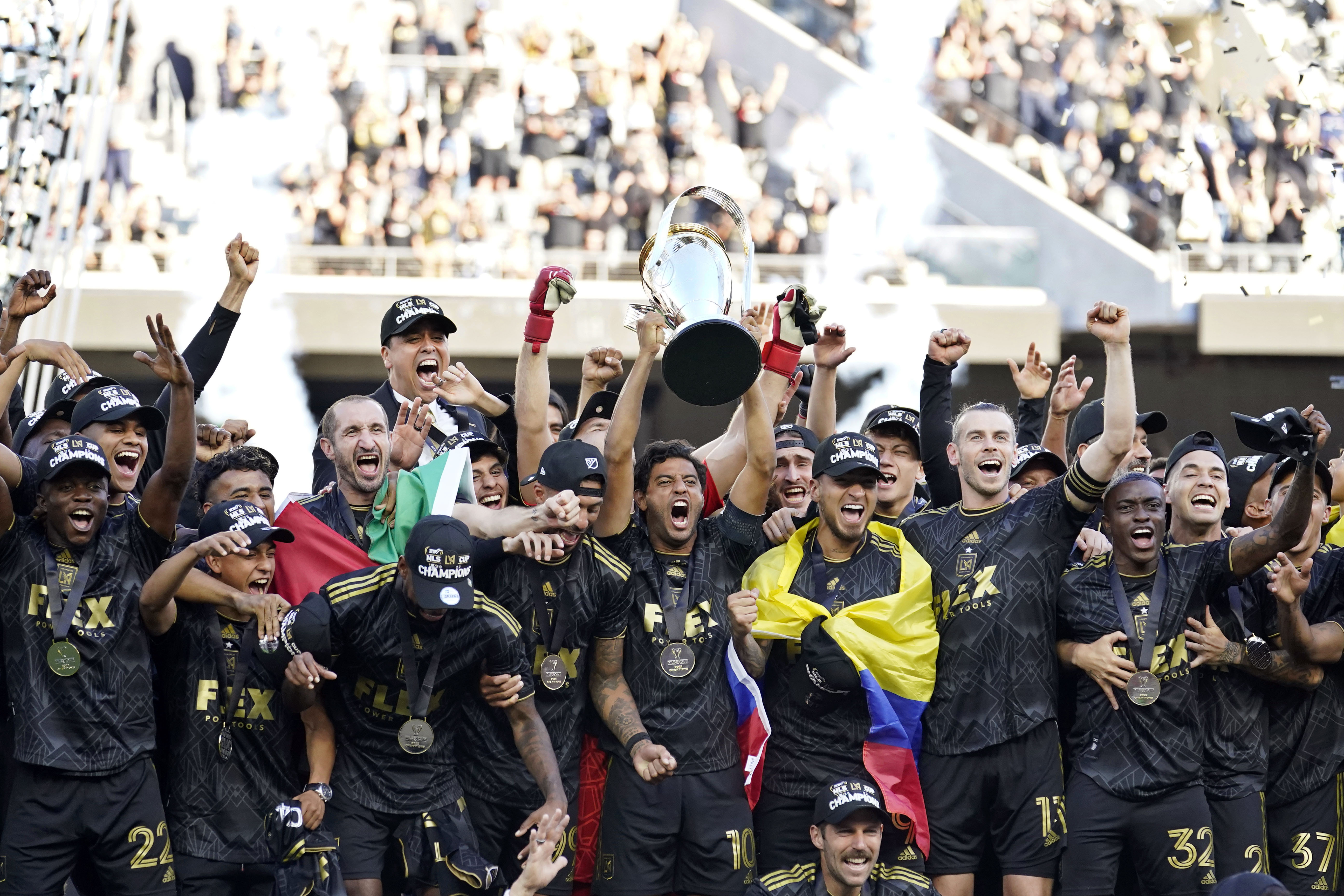
Women’s soccer in the United States includes the top division National Women’s Soccer League (NWSL), which replaced earlier women’s professional leagues. Other women’s soccer leagues include the USL W League, United Women’s Soccer, and the Women’s Premier Soccer League.
The national governing body for soccer in the United States is U.S. Soccer. It has its headquarters in Chicago. Besides staging national and international tournaments, the federation organizes and manages 16 national teams that represent the United States in competitions throughout the world, including the Summer Olympic Games and the FIFA World Cup.
US Youth Soccer, an affiliate of U.S. Soccer, is the largest youth soccer organization in the United States and conducts national, state, and regional championships for boys and girls up to the age of 19. The American Youth Soccer Organization and Soccer Association for Youth (SAY) Soccer are also popular U.S. Soccer-affiliated youth programs.
The Canadian Soccer Association holds national and international tournaments. It also conducts national, provincial, and regional championships and sponsors teams that represent Canada in international competition. Many Canadian teams participate in MLS and USL leagues. However, they participate in the Canadian Soccer Association’s national events rather than the U.S. Open Cup.
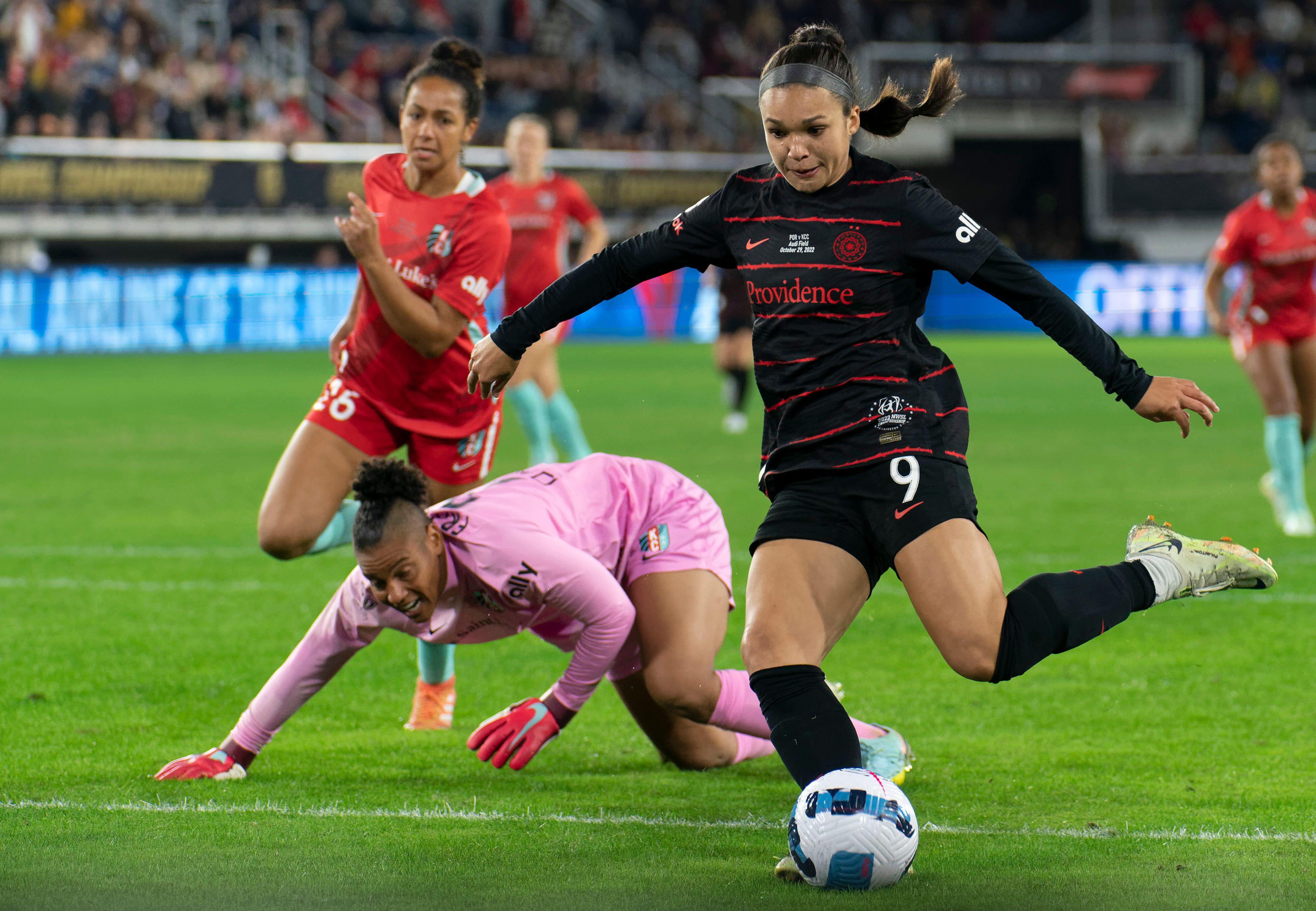
In Europe and Latin America.
Most countries in Europe and Latin America have professional or semiprofessional soccer leagues. These leagues consist of a number of divisions for teams of varying ability. At the end of the season, two or three teams from each division may move into a stronger or weaker division, depending on their record. In addition to competing in leagues, teams around the world compete in cup competitions that are open to all teams registered under the national association, such as England‘s FA (Football Association) Cup, which has crowned a domestic champion in England since 1872. 
International competition
includes the FIFA World Cup, held every four years. The national teams of 48 nations compete in the men’s tournament and those of 32 nations compete in the women’s tournament. All member nations of FIFA may compete in qualifying rounds held two years (women) or three years (men) before the championship. These rounds determine which teams will join the host nation and the previous champion in the final tournament.
European club teams compete annually in the Union of European Football Associations (UEFA) Champions League. This tournament begins with almost 100 teams and determines the European club champion. The UEFA Europa League is a tournament for clubs that did not qualify for, or were eliminated from, the Champions League. In 2021, the UEFA Europa Conference League began play. This tournament is for clubs that did not qualify for the Champions League or the Europa League or that were eliminated from those two tournaments.

South American teams compete in a tournament called the Copa Libertadores (Liberators’ Cup). North and Central American domestic champions compete in the Confederation of North, Central American and Caribbean Association Football (CONCACAF) Champions League.
National teams from throughout the world compete in events similar to the FIFA World Cup. The European Championships are held every four years, as are the Asian Cup and the Copa América in South America. Every two years, competition is held for the Africa Cup of Nations and the Gold Cup in North and Central America.
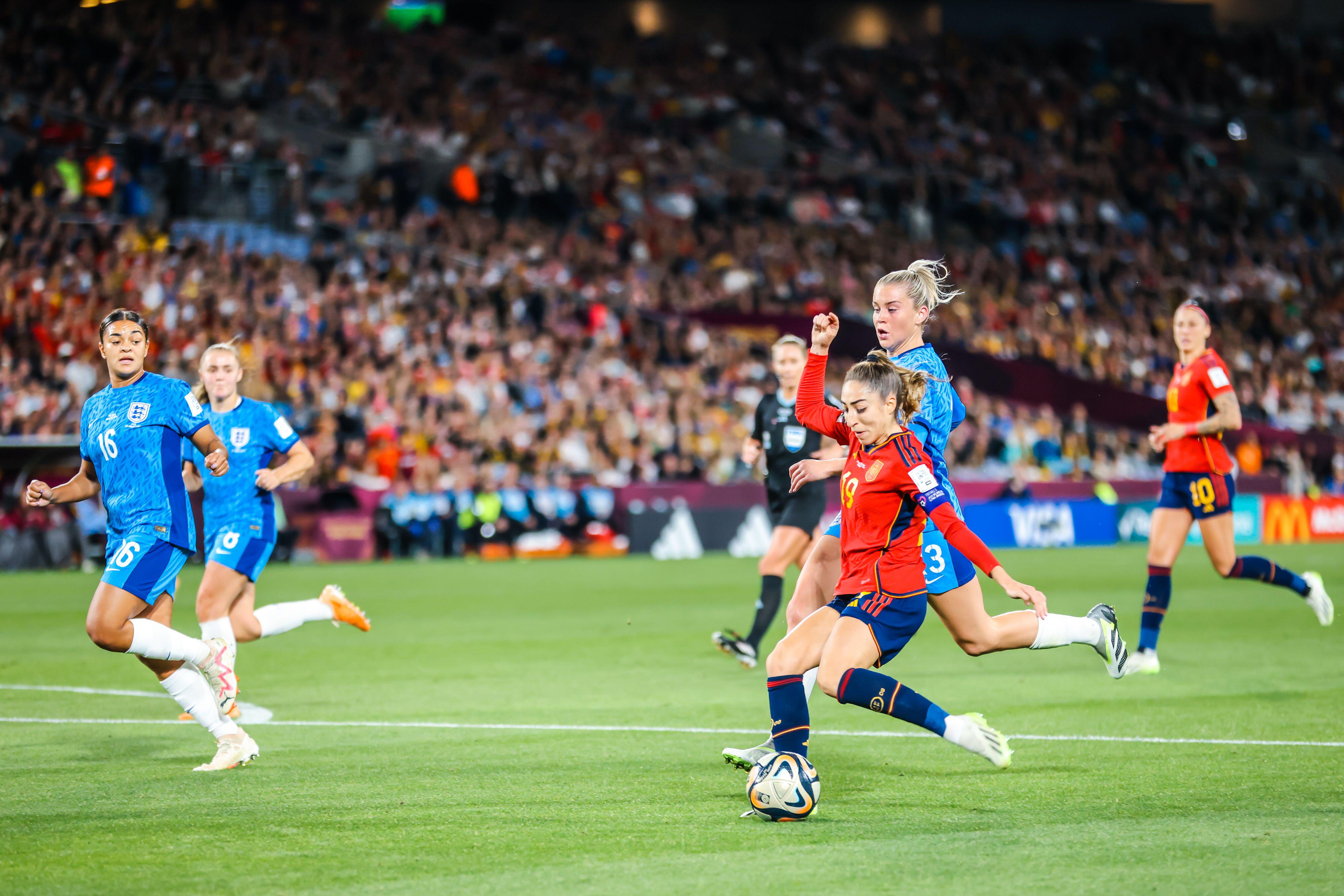
History
A game similar to soccer was probably played in China as early as 400 B.C. In the A.D. 200’s, the Romans played a game in which two teams tried to score by advancing the ball across a line on the field. The players passed the ball to one another but did not kick it. London children of the 1100’s played a form of soccer.
In the early 1800’s, many English schools played a game that resembled soccer. Players added many rules that changed the game, but each school interpreted the rules differently. In 1848, a group of school representatives met at Trinity College in Cambridge and drew up the first set of soccer rules. In 1863, representatives of English soccer clubs founded the Football Association.
Soccer began to spread throughout the world in the late 1800’s. By 1900, associations had been established in Belgium, Chile, Denmark, Italy, the Netherlands, and Switzerland. In 1904, the national associations founded FIFA. The Canadian Soccer Association was established in 1912, and the United States Soccer Federation was set up in 1913. In 1930, the first FIFA World Cup was played in Montevideo, Uruguay. Since then, the FIFA World Cup has been held every four years except during World War II (1939-1945), when the games were suspended. 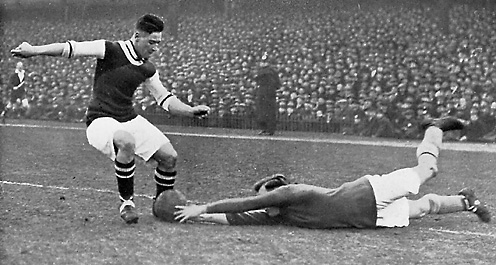
In the United States, major league professional soccer attracted little continuous interest from fans until the later 1900’s. For almost 100 years, neither indoor nor outdoor competition proved successful, even with the occasional addition of stars from Europe and Latin America. The American Soccer League was the longest-running professional league in U.S. soccer history, operating from 1921 to 1984. The original North American Soccer League existed from 1968 to 1984. Some of the world’s greatest players competed in the league, though they were past their prime. Among them was Pelé, a Brazilian player generally acclaimed as the greatest player in the history of the sport. Major League Soccer began play in 1996. It has grown steadily, with increasing attendance, and has attracted star players from other countries. 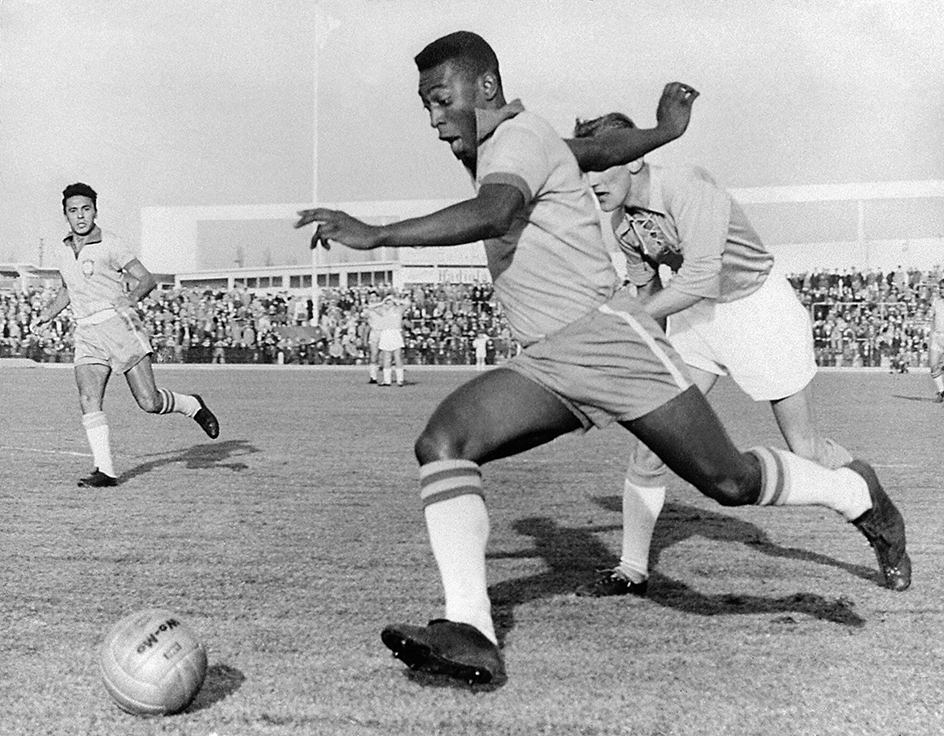
Amateur soccer grew in popularity during the late 1900’s. Today, amateur soccer is one of the most popular team sports in U.S. high schools. Soccer competition at the college level has also gained in popularity since the 1970’s.
